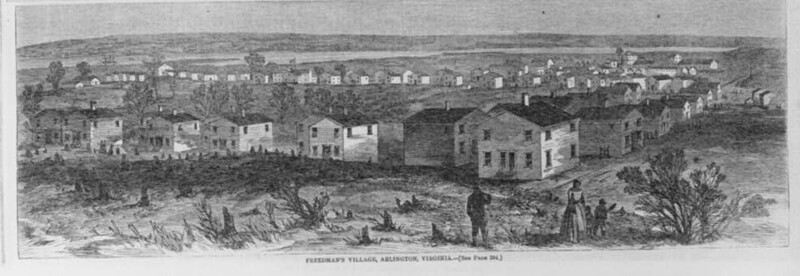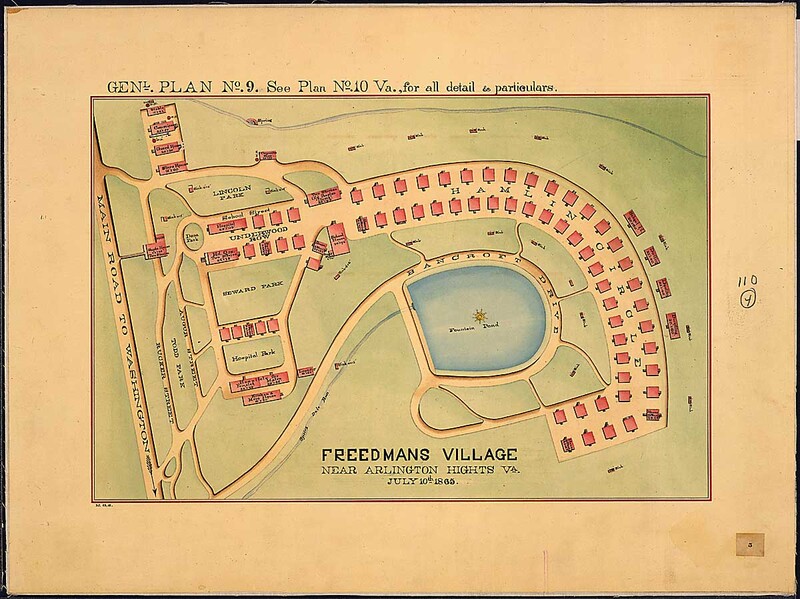Land of the Freedmen: A look at Freedman's Village
The Civil War was the most destructive conflict in American History. With some estimates saying it claimed over a million lives, traumatic doesn't even begin to describe the kind of devestation it left behind. Then President Abraham Lincoln knew that putting the country back together would be a monumental task so shortly before the war concluded he developed the plan that we know as "Reconstruction". Part of this plan involved the rehabilitation of recently Emancipated African Slaves.
Refugee slaves from the south during the Civil War were placed in camps in cities that were typically very crowded and unsanitary. Death rates were very high and there was no real way to improve living conditions in cramped urban areas. The government looked for other areas to keep these "Freedmen".
In 1863, the Government eventually decided to relocate many Freedmen to Confederate General Robert E. Lee's plantation in Arlington, Virginia. They would officially name this settlement "Freedam's Village" and it along with the founding of the "Bureau of Refugees, Freedmen, and Abandoned Lands (shortened fo Freedmen's Bureau)" in 1865 headed by General Oliver O. Howard would give the recently freed slaves a chance to learn the skills necessary to live independently and assimilate into civilian life.
The Freedmen's Bureau would be responsible for not only protecting the Freedmen but also assist them in finding work, register to vote, along with other things to help them adapt to freedom.
The plantation provided work in the fields for the Freedmen to earn wages and they could rent homes that housed up to two families. There was a school for children that also offered night classes for adults who were never allowed to have an education. There was also a church for people to worship. The population grew so much that it ended up becoming home to thousands of men, women, and children. There were so many black people in the Arlington County area at one point that they held significant influence over local elections.
Today however, there is little remaining of Freedman's Village both in a physical sense and a narrative one. All that remains on the property is the Robert E. Lee Memorial House and Arlington National Cemetery. Not only is the village gone but the population of black people in Arlington County is now dwarfed by the white population. Most history books do not go into detail about this particular aspect of Reconstruction and many people are not even aware of its existance. These people were once part of a closely knit community but are now spread out into smaller areas all over the county. My question is what caused the people of Freedman's village to be forceably removed, what was their reaction to being evicted and where did they go?
By Ryan Keith


